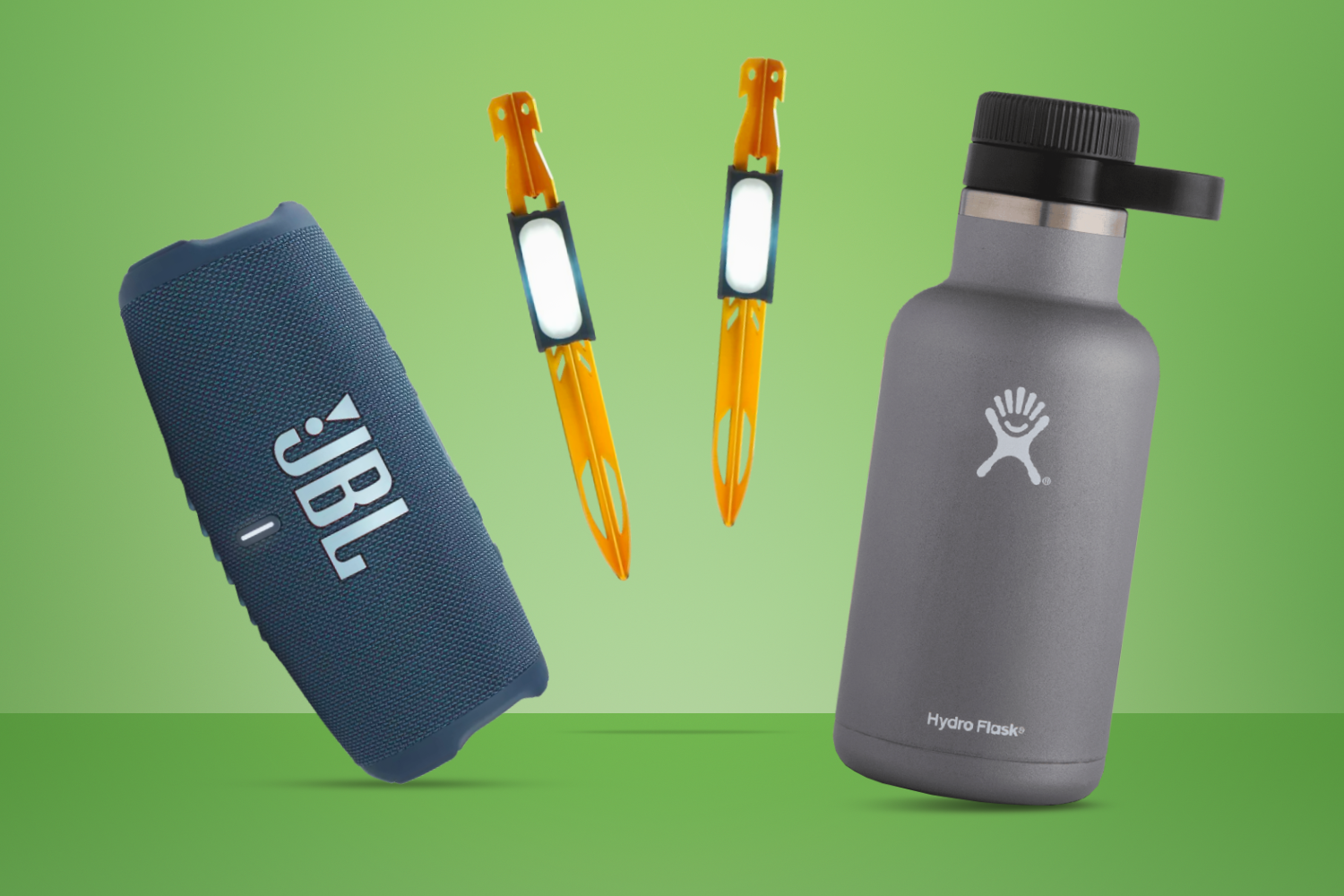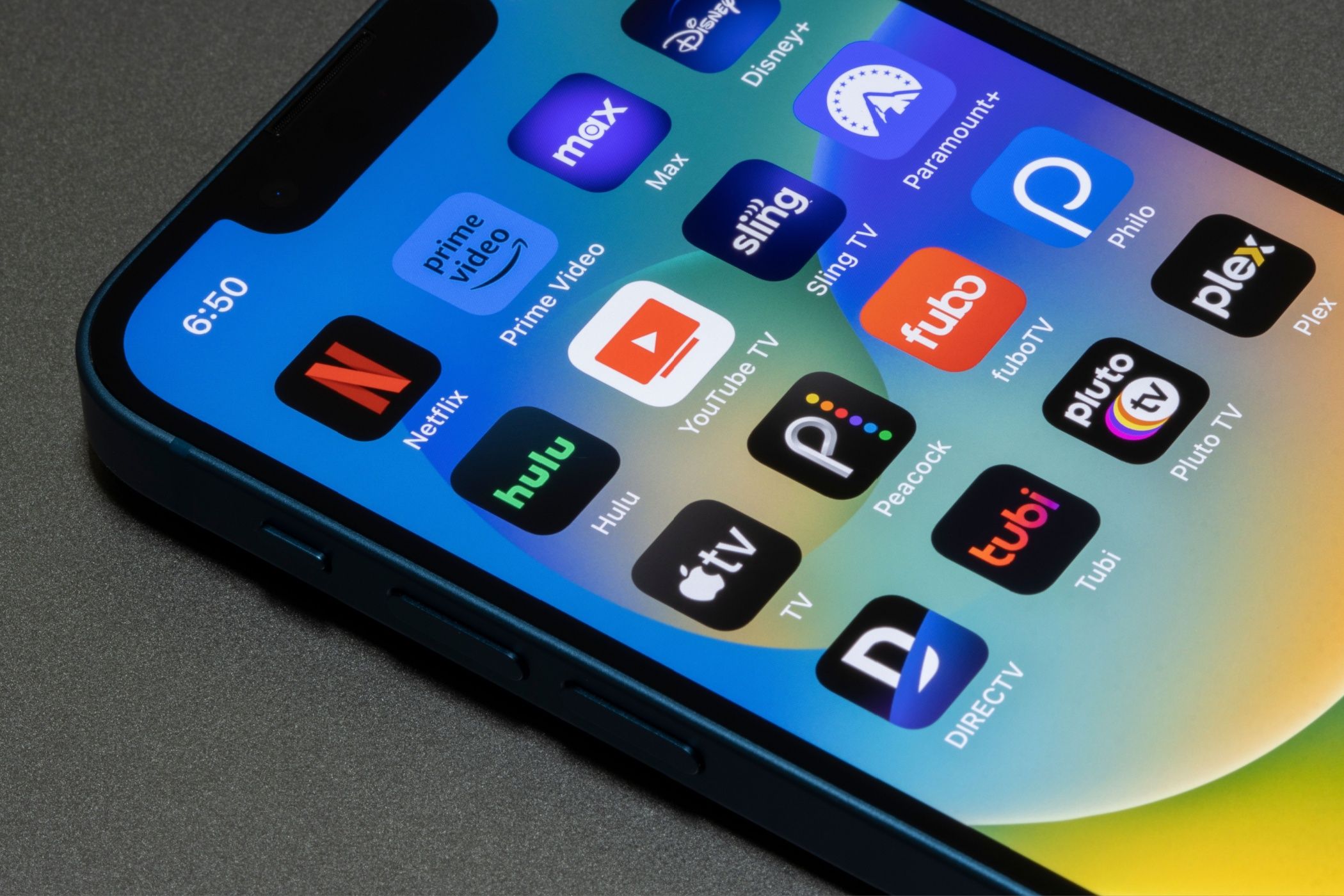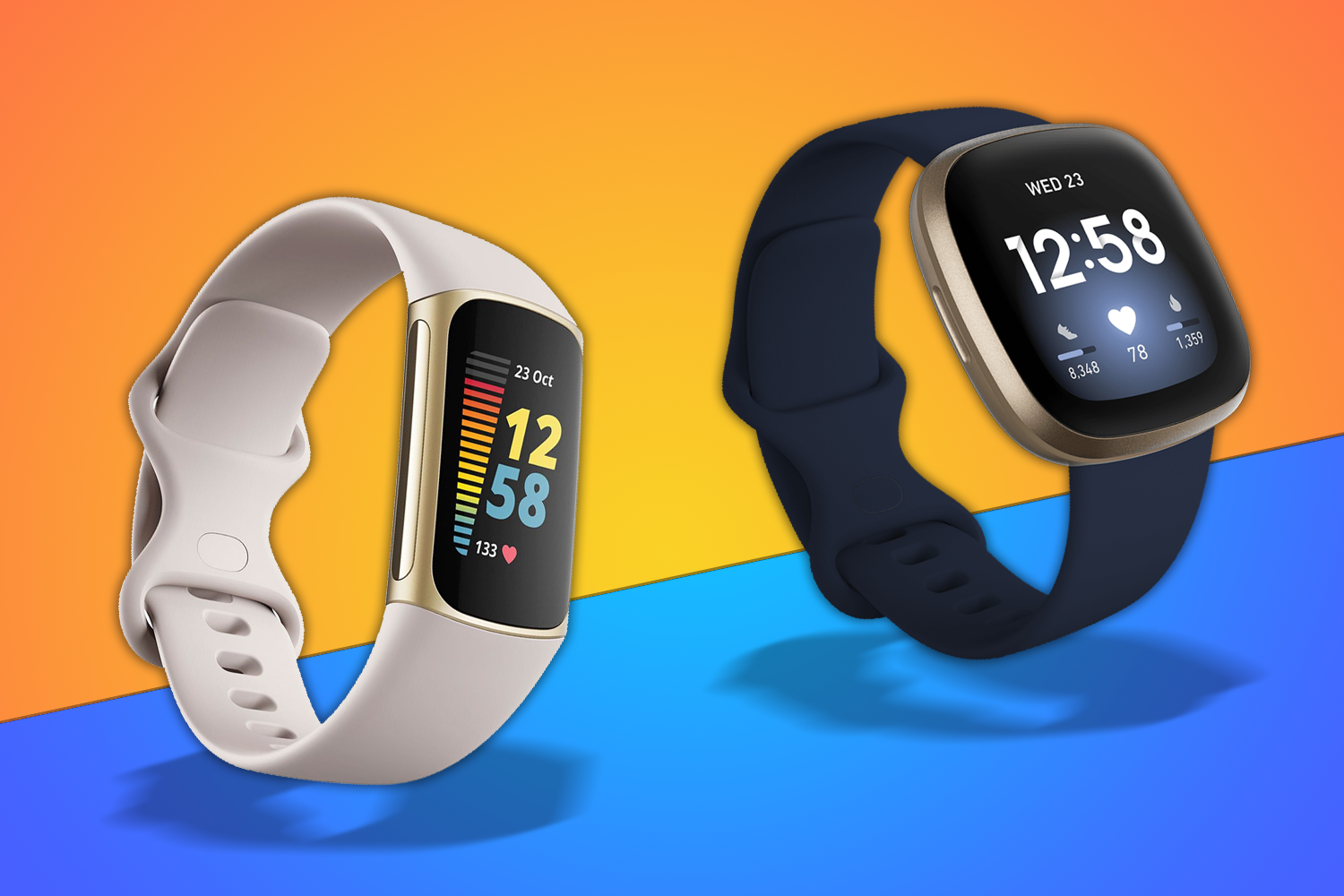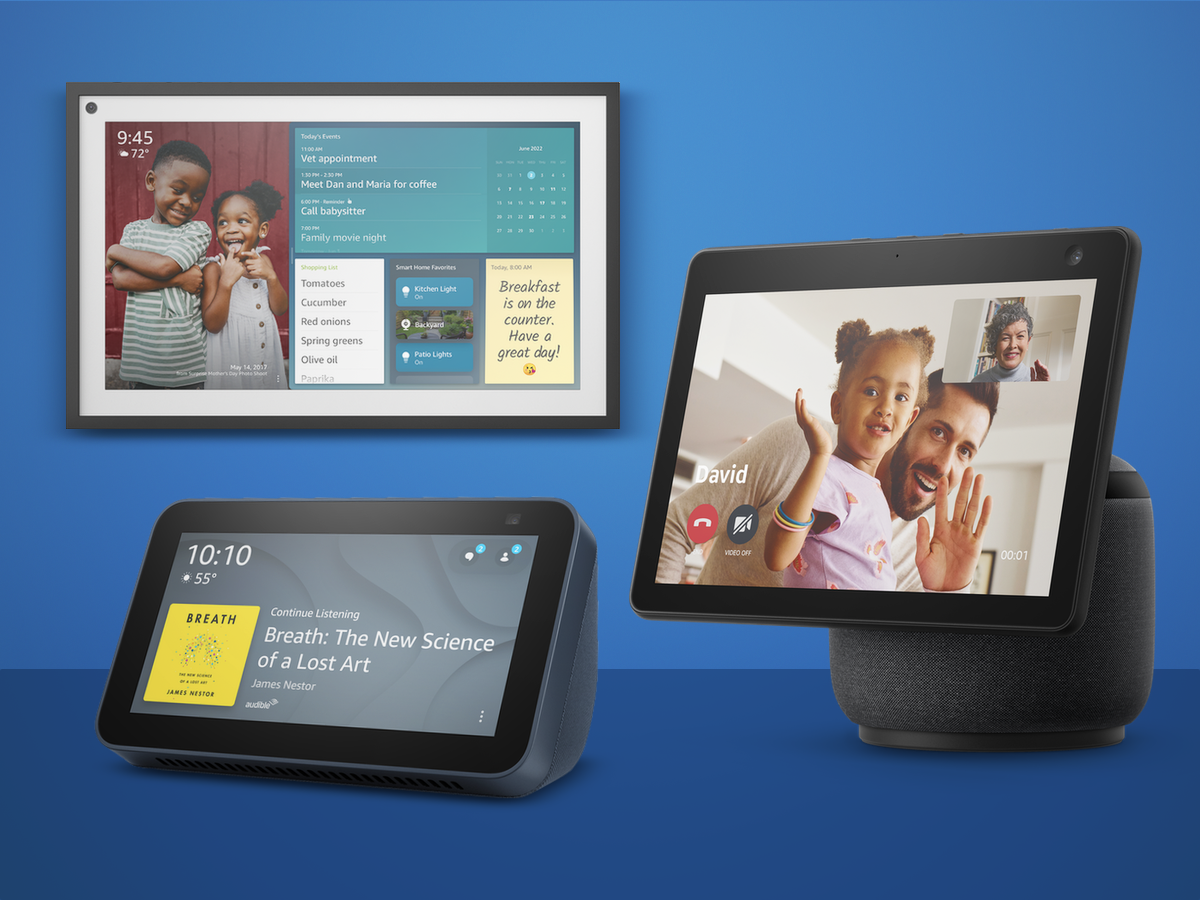iOS 17 is now fully available to download to your iPhone. If you’re not sure if your phone can run it, check the iOS 18 system requirements.
It’s that time of year when Santa Tim comes down your chimney and deposits new toys directly into your iPhone and iPad. It’s that time of year when Santa Tim comes down your chimney and deposits new toys directly into your iPhone and iPad. These are the best ones to try first.
The basics
Back up
It’s unlikely that installing an operating system upgrade will obliterate your data. But it’s not impossible. So unless you like living dangerously, ensure you take a full iCloud backup before upgrading your iPhone or iPad. Ideally, back up your device to a Mac or PC too.
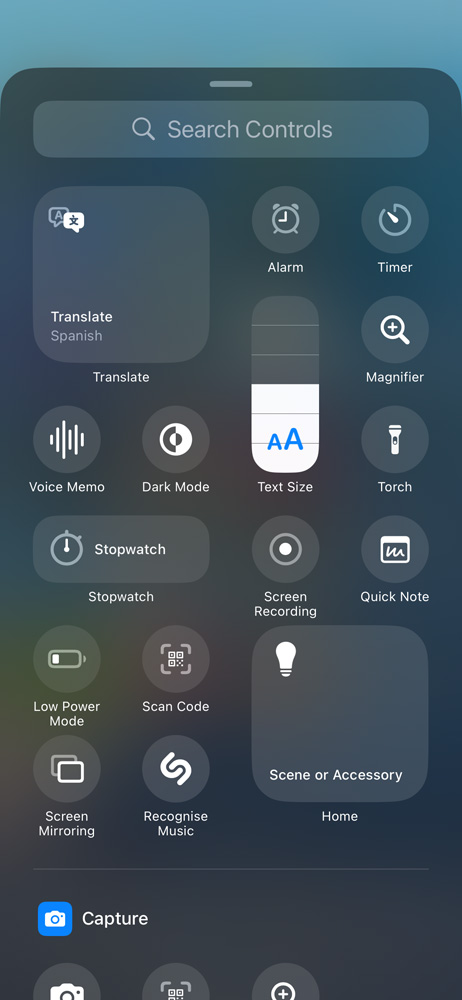
Centre yourself
Flick upwards in Control Centre to see its new multiple panes, including bespoke ones for music playback and networking. Tap hold and you can rearrange and resize controls – and add new ones, including those from third-party apps. In a similar vein, customise your Lock Screen to swap out Torch and Camera if you’d prefer different shortcuts.
Take a note
The revamped Notes app helps you better organise and navigate complex notes. Headings and subheadings can be collapsed, so you can focus on a specific section. And selected text can have coloured highlights applied. More of a scribbler, but lacking good penmanship? On iPad, Smart Script options attempt to turn your scrawl into something legible.
Get organised
Calendar now helpfully – and finally – integrates scheduled Reminders. It’s also got a snazzy new Month view, which lets you pinch to expand the size of event lozenges, so you can more easily browse what’s planned across multiple days. If you hate it, have no fear – tap the view icon and switch from Details back to List.
Be patient
Not every promised feature arrived with iOS 18’s launch – the biggest omission being Apple Intelligence, which we’ll cover at a later date. It’s designed to streamline writing, image creation and sorting email, and give Siri a much-needed shot in the arm. Assuming it doesn’t spend its time hallucinating that it’s already helped you and churn out endless images of fish.
Be secure
Instead of lurking in Settings, Passwords is now a standalone app, with huge buttons providing fast access to passwords, passkeys, Wi-Fi details and shared logins.
Calculated improvements
Type sums
Sure, you can use Calculator for sums. But you can now use Notes too, typing out calculations in plain English, which can include variables. Although do note that third-party app Soulver does this way better.
Use an iPad
It’s taken 14(!) years for Apple to make Calculator for iPad, and… it’s the iPhone version in big-o-form. However, with an Apple Pencil you can write sums that are instantly solved – and then mull how much easier school would have been had your maths book done the same.
Camera and photos
Swipe down
Photos redesign! Where have the tabs gone? Don’t panic – drag down to swap between Years, Months and All views – and now also tap the filter (arrows) button and use View Options > Screenshots to remove them from your feed.
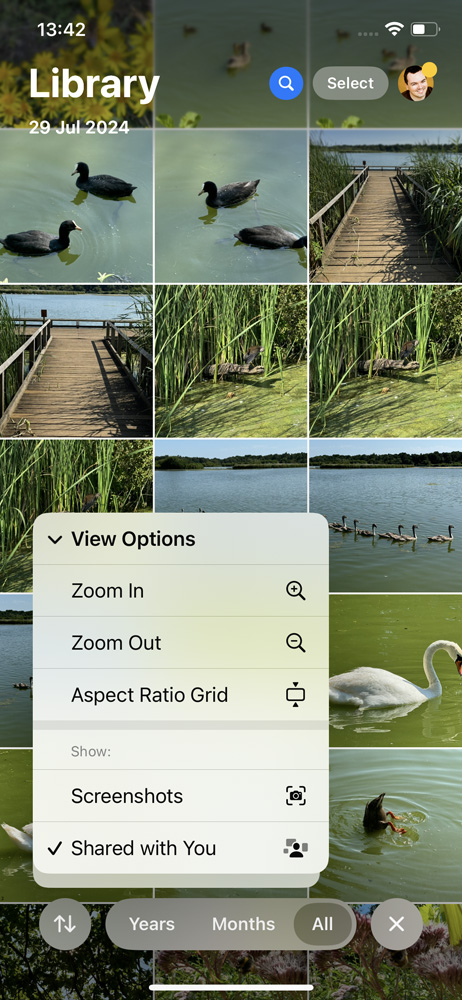

Swipe up
Drag upwards and you get… everything else. Recent snaps. People. Pinned collections you update by tapping Modify. Scroll way down to customise and reorder panes. And if Photos fails to sync? Nudge it by tapping your account pic and prodding the relevant link.
Home screen changes
Add some gaps
Jealous of Android types who’ve long been able to place app icons and widgets anywhere on a Home Screen? Rejoice, because Apple now lets you do the same, rather than them always flowing from the top left.
Edit colours
Tap-hold a Home Screen and then Edit > Customise. Select Large to remove the text from beneath apps and widgets, and Tinted to make them all the same shade. Then wonder why you can’t find anything.
Lock it down
Tap-hold any icon and then Require Face ID (or Touch ID) and it’ll be safe from errant fingers and prying eyes. Some apps also let you quickly switch from an app icon to widget views from this menu, rather than you having to faff about with the widget editor.
Phone it in
Choose an iPhone
For iPhone Mirroring, you’ll need a Mac with Apple silicon or a T2 chip running macOS Sequoia, and at least an iPhone SE 2nd-gen or XR. If you’ve multiple iPhones, select which to use on your Mac in System Settings > Desktop & Dock > iPhone.
Control your phone
Launch the iPhone Mirroring Mac app. Set permissions. Lock your iPhone, and it’ll appear on your Mac’s Desktop. Interact with apps and notifications. Use View menu shortcuts to quickly access the Home Screen and Spotlight.
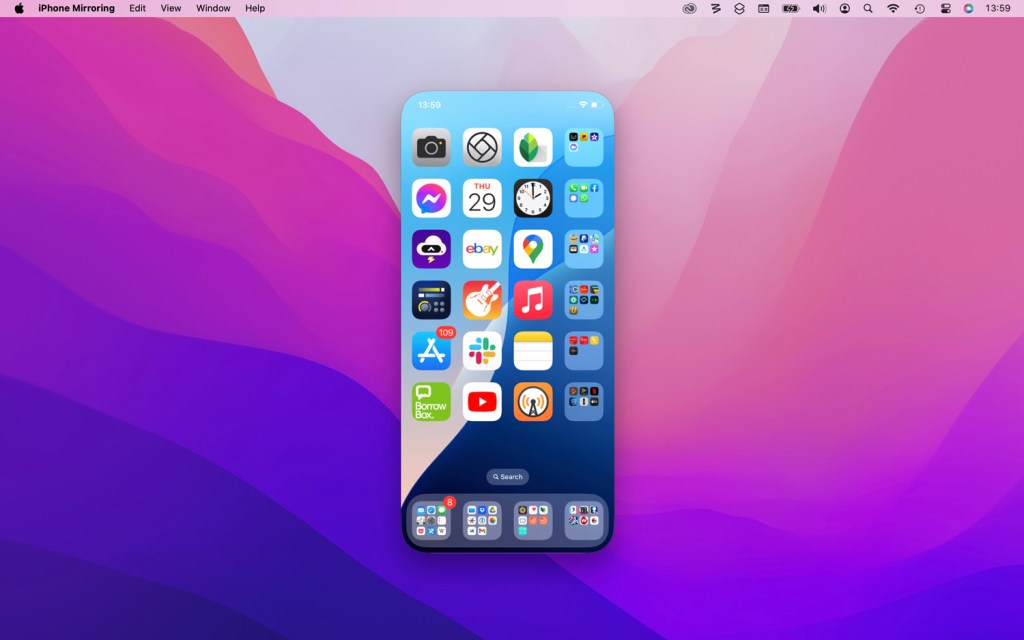

App changes
Messages
Aside from RCS support, to bring more parity with Android (but not blue bubbles), Apple’s messaging app adds new formatting and send features. When typing a message, tap the A button to make text bold and add effects. And from the + menu, use Send Later to state when your missive should be sent.
Apple TV
When you fancy watching telly on your phone, the Apple TV app now makes things a bit easier. Subtitles automatically turn on when you mute your blower, and in … > Audio, there’s a handy Enhance Dialogue option. Also, stop arguments about who’s in the current scene by tapping the display and then InSight.
Journal
On its debut, this app was half-baked at best. This revamp fills some holes and adds new goodies, including wellbeing tracking, streaks and prompts to encourage you to write more, and a proper search function so you can browse what you’ve previously written. Such as months of gripes about Journal.

